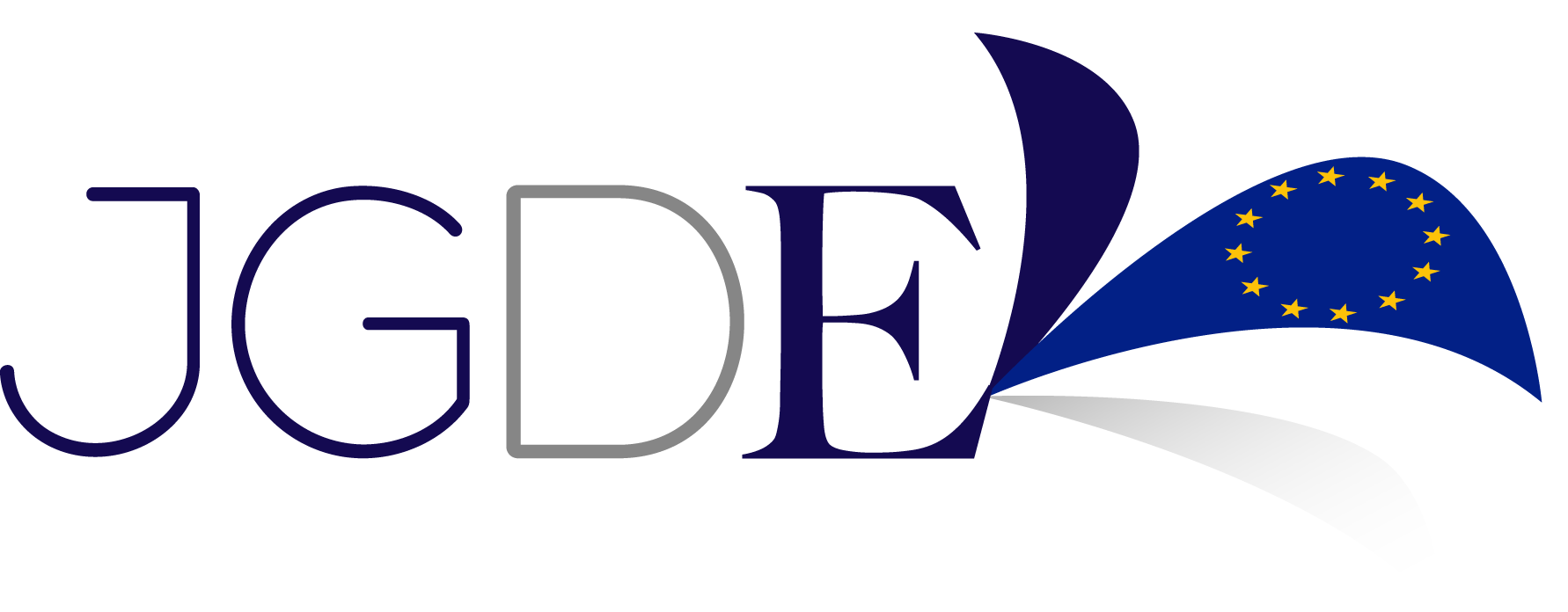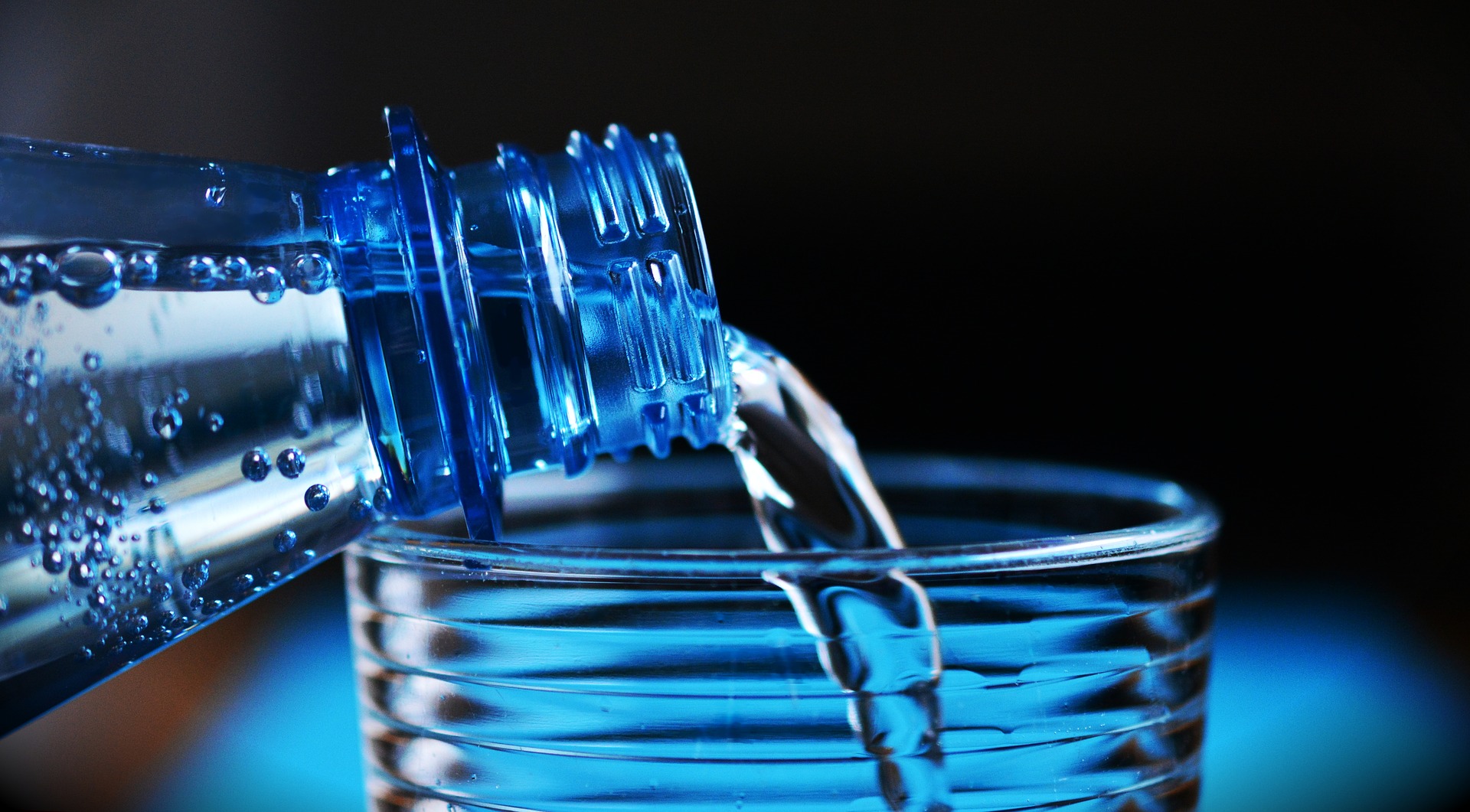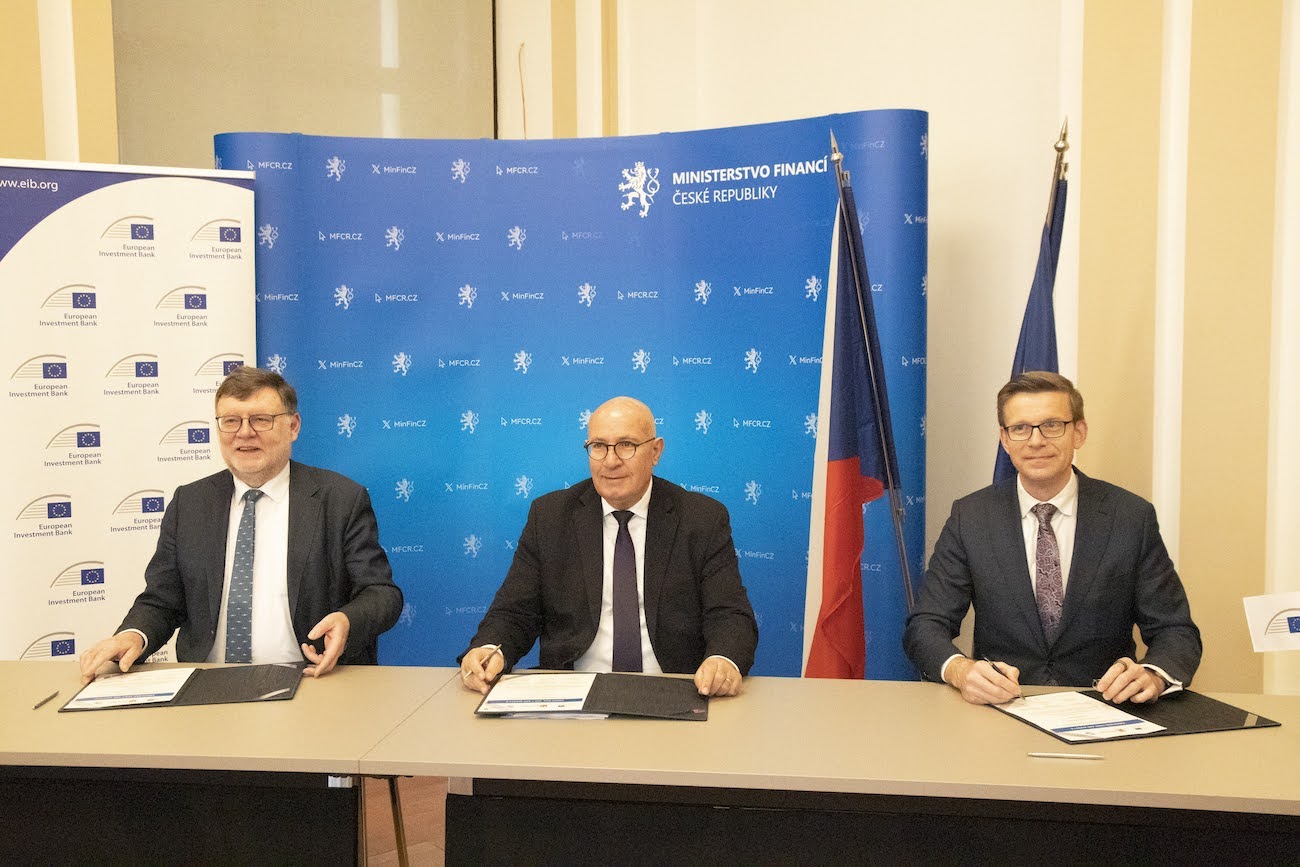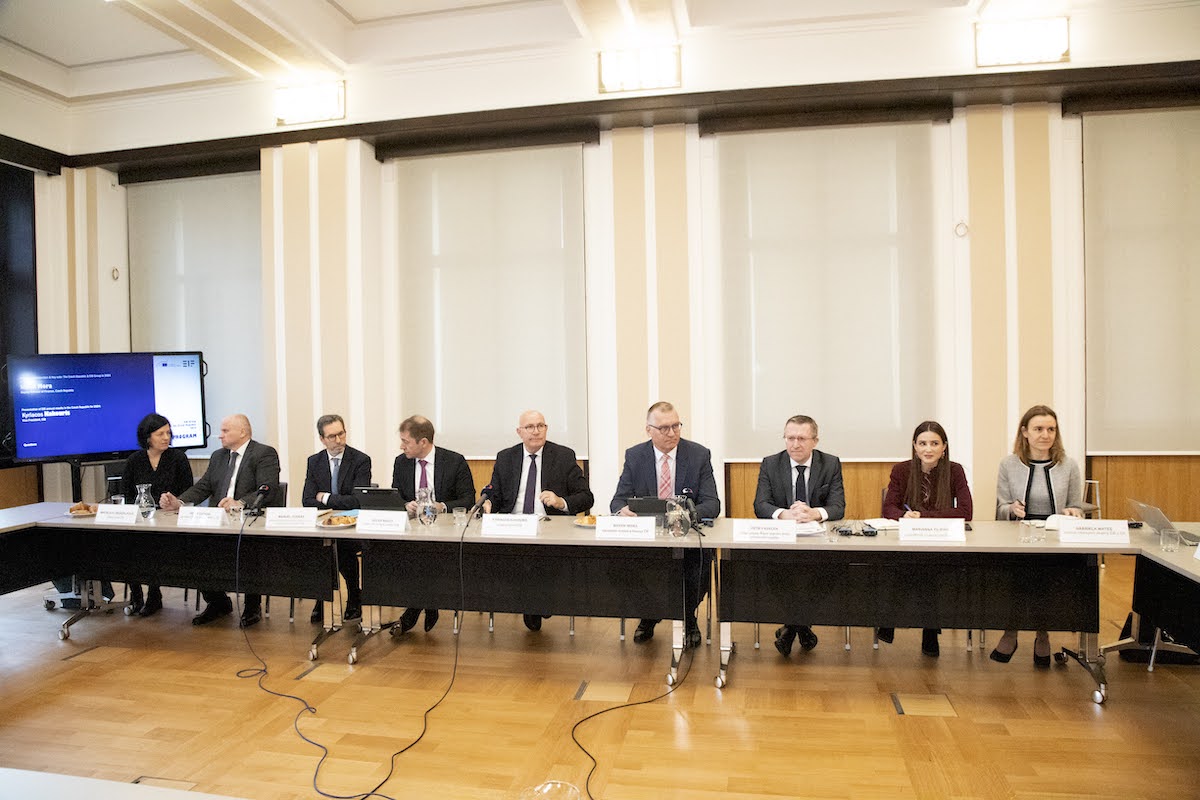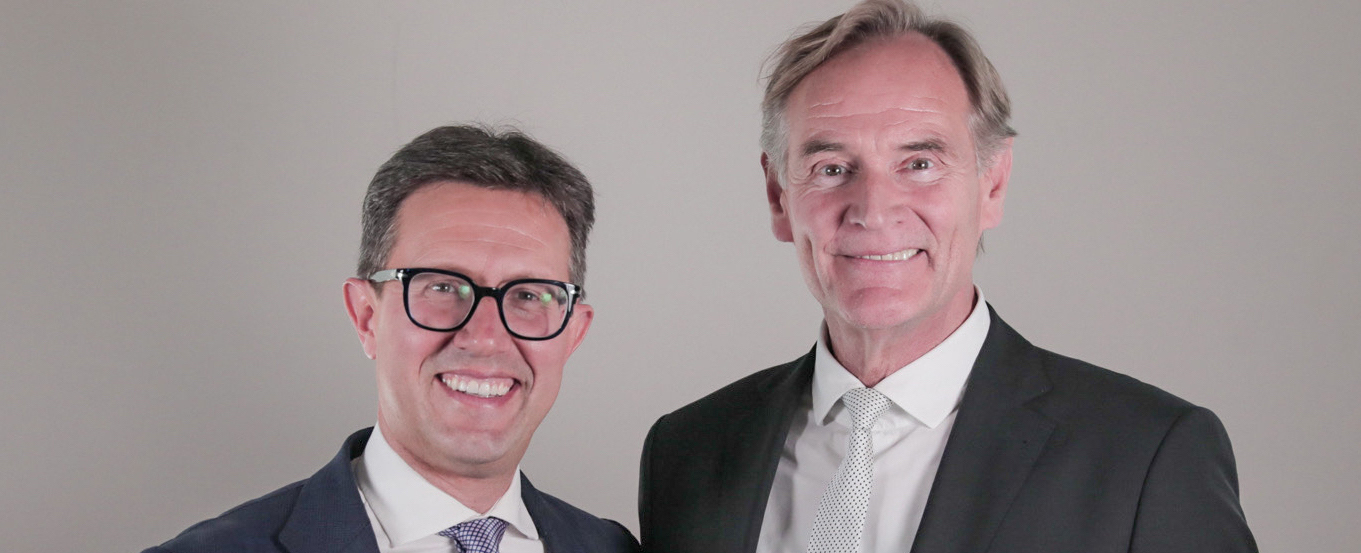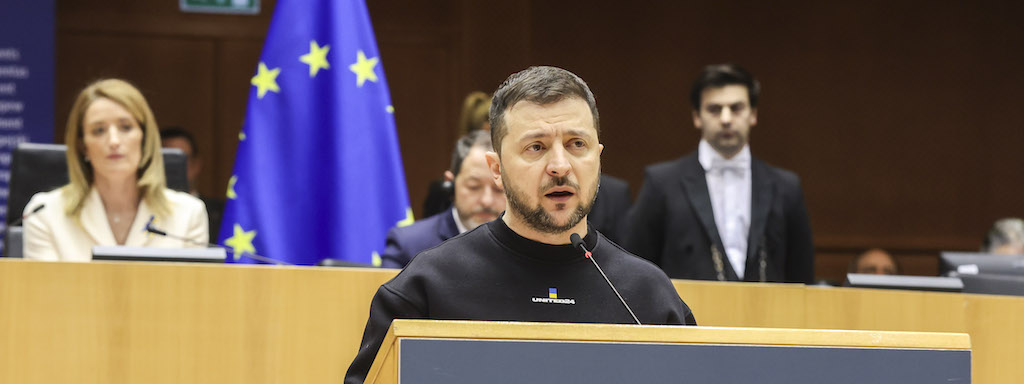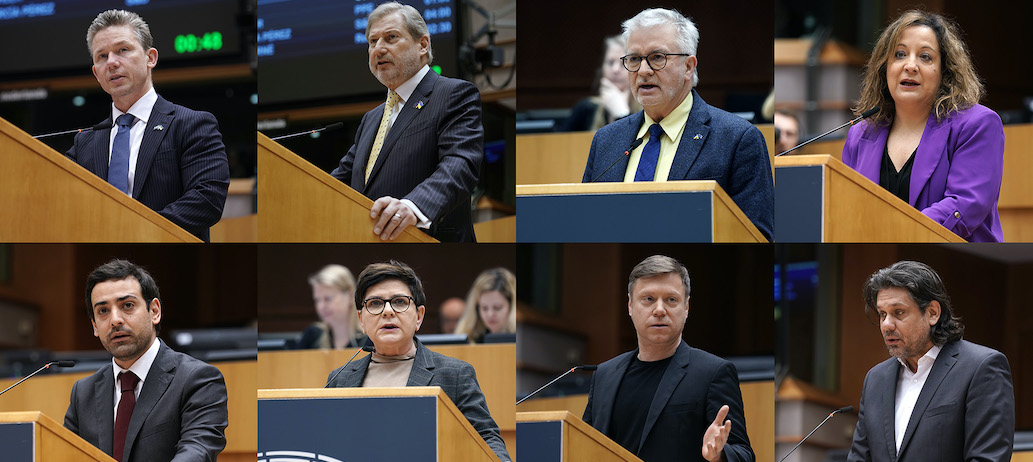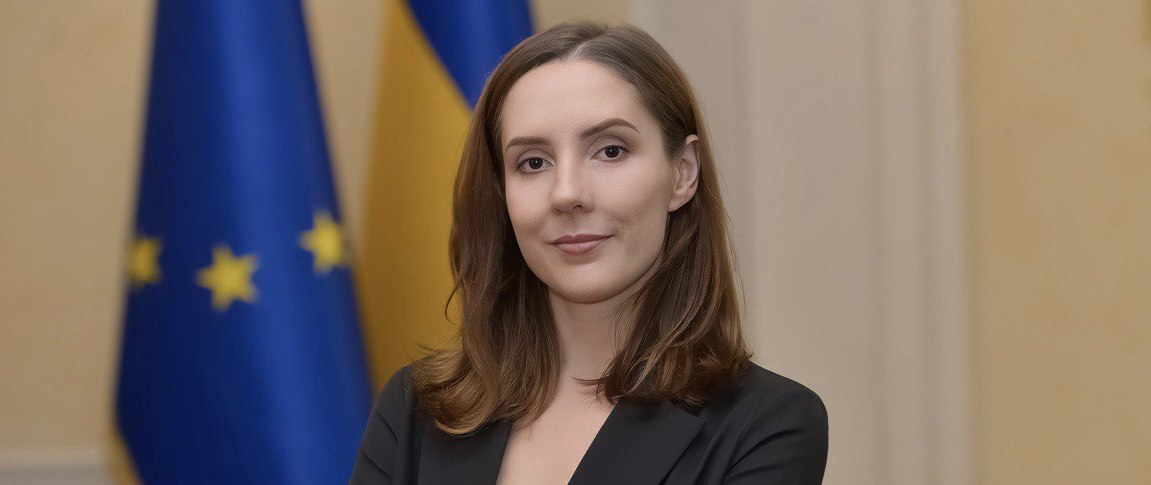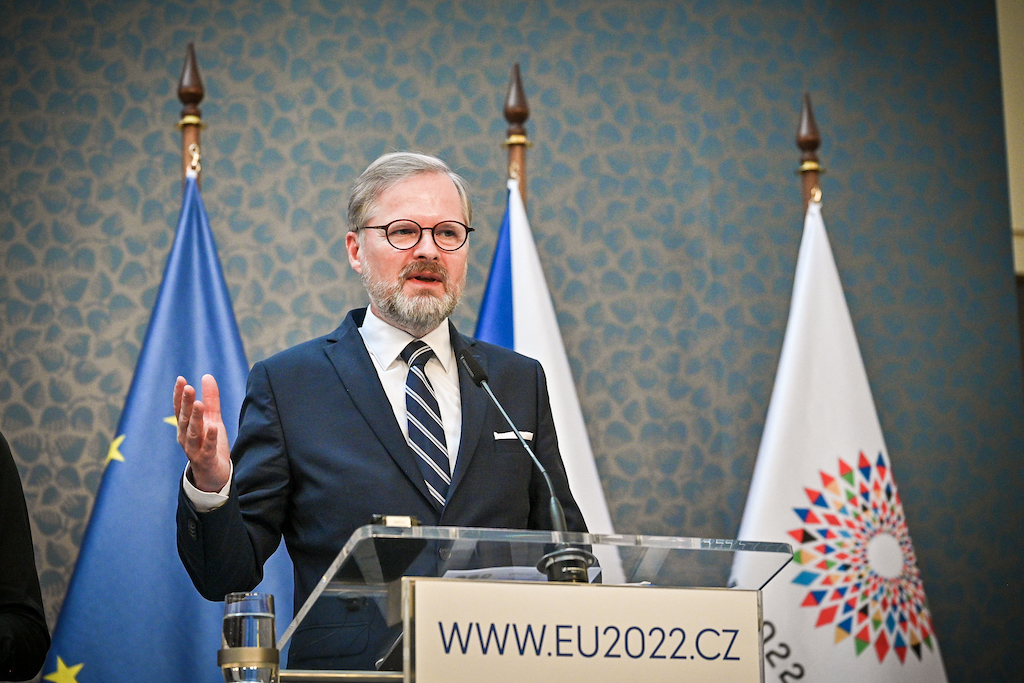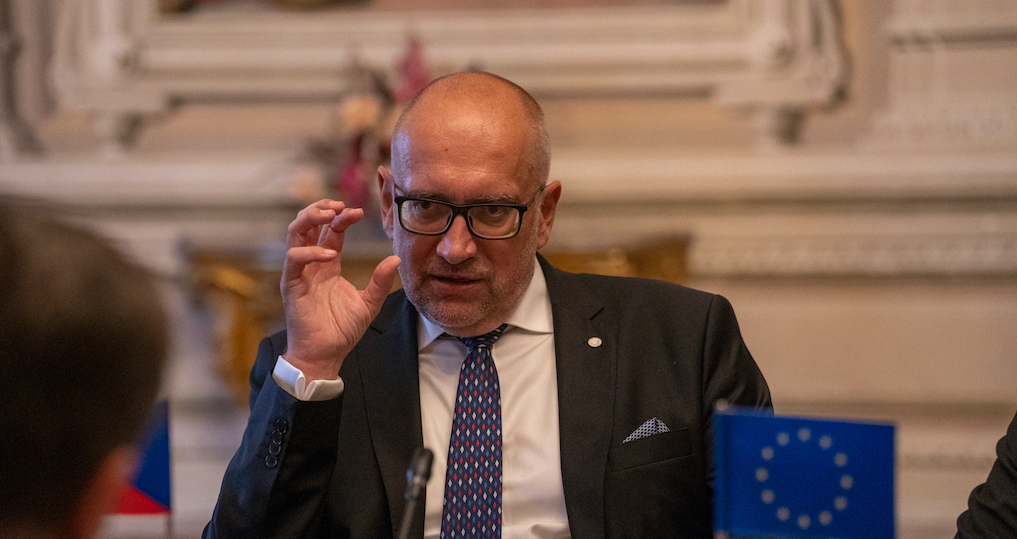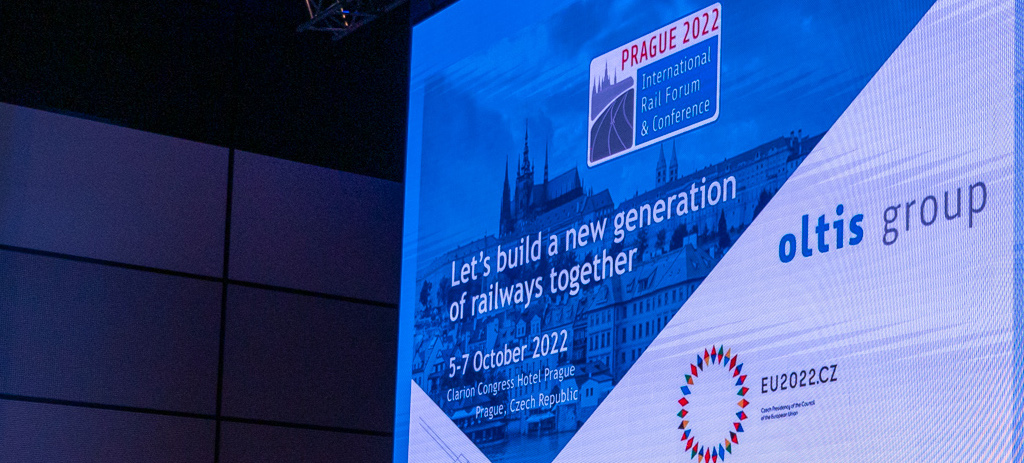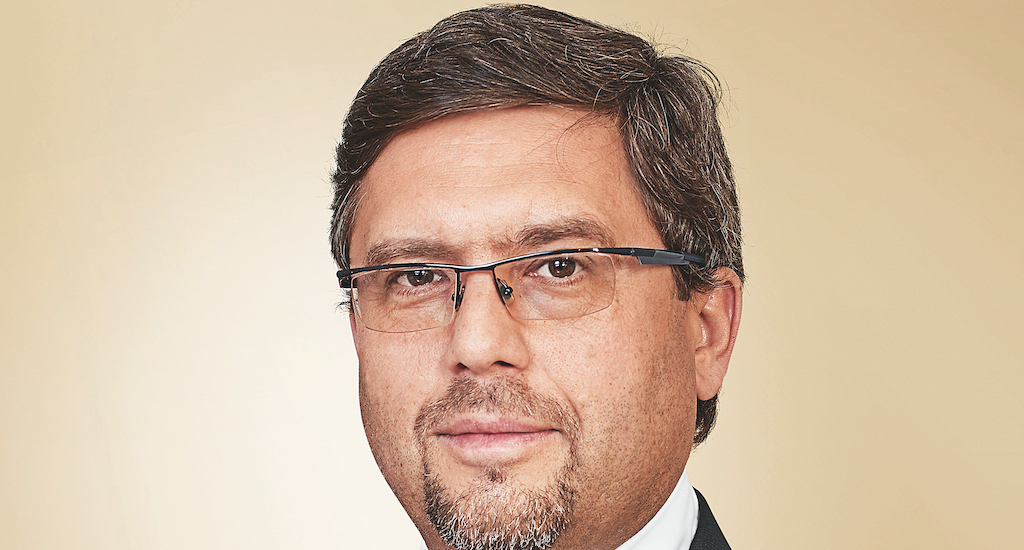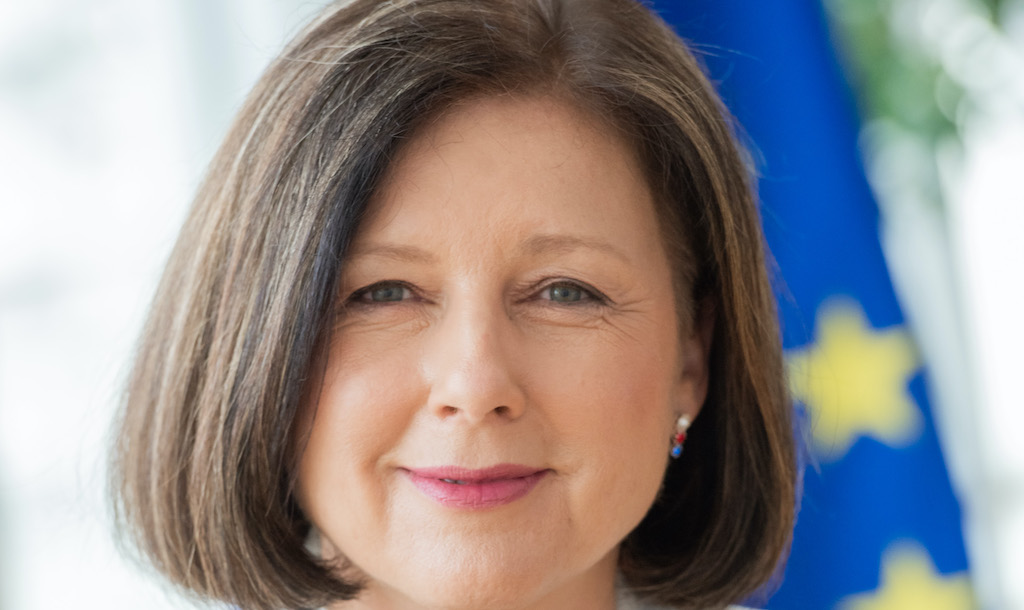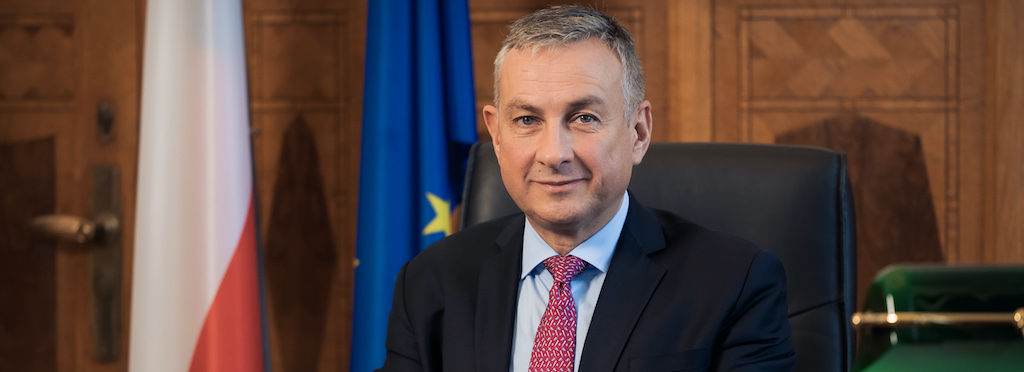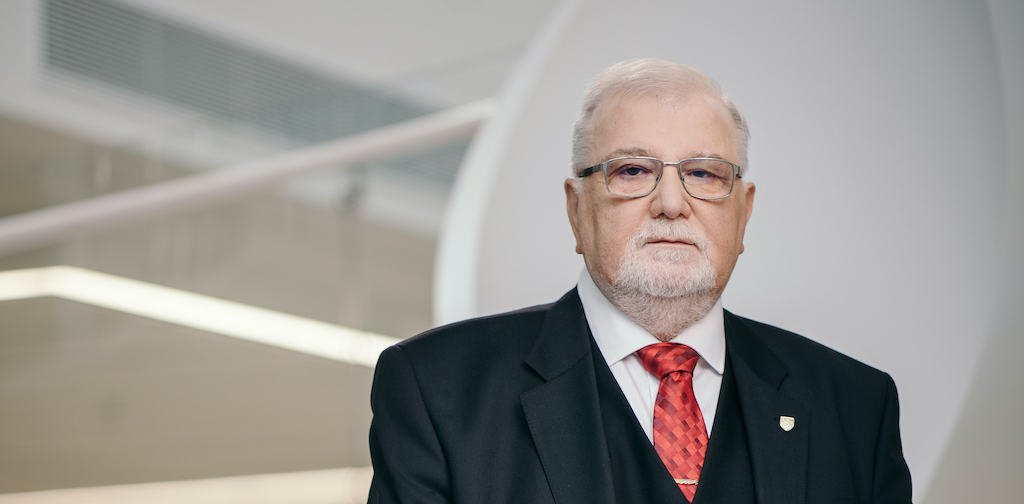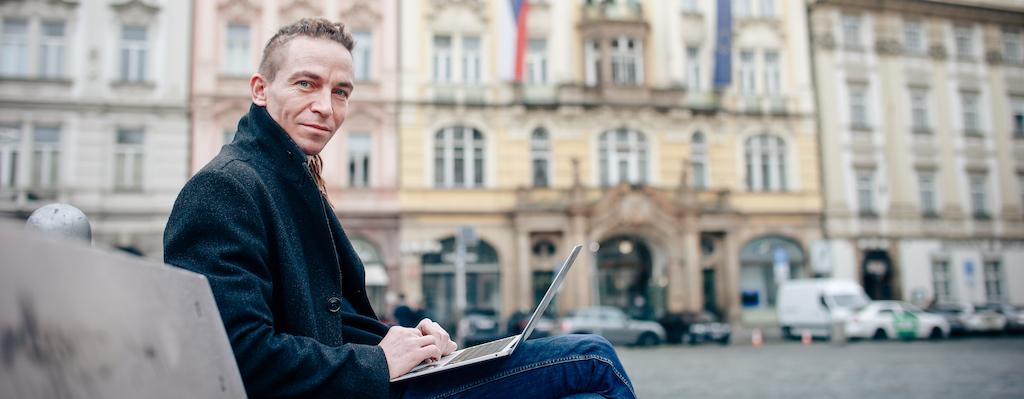“Our children deserve a Europe that preserves their way of life. They deserve a Europe that empowers them. They deserve a Europe that protects.”
European Commission President Juncker, State of the Union Address, 14 September 2016
Most people living in the EU enjoy very good access to high quality drinking water. Almost 100% of drinking water, provided by major suppliers, is safe to drink across the EU. This is in large part thanks to European environmental legislation, supported by EU funding.
EU cohesion policy will invest €14.8 billion in the water sector between 2014-2020, providing an additional 12 million people with improved water supply. This is on top of 6 million people who already benefited from better water supply between 2007-2013.
Only 20% of Europeans found drinking water outside of their home country acceptable.

INTRODUCING EVEN BETTER QUALITY STANDARDS:
Potential health risks will decrease from 4% to below 1% on EU average.

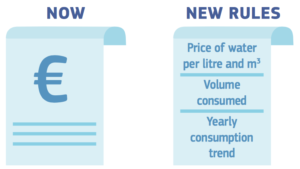
TRANSPARENCY:
Consumers will find detailed information on their water bill:
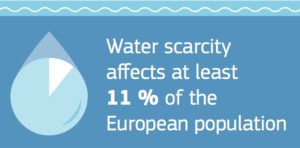
ACCESS:
The new rules will require Member States to improve access for all, especially for vulnerable and marginalised groups who currently have no access to drinking water.
REDUCE RED TAPE:
The new proposal abolishes the outdated triannual reporting requirements and focuses on essential information.
For example, it allows supplies to focus on treating substances that are known to be in their area, instead of wasting resources to go through a long list of generic substances that are not present in their area.
With this proposal, the Commission makes a tangible contribution to commitments made under:
- The ‘Right2Water’ European Citizens’ Initiative, signed by 1.6 million European citizens
- The European Pillar of Social Rights: the right to access essential services of good quality, including water
- The 2030 Sustainable Development Goals (Goal 6): Access to clean water and sanitation
- The EU Plastics Strategy: Better quality water is expected to reduce bottled water consumption by 17%
- The Paris Agreement objectives on climate change: Reducing the consumption of bottled water, estimated to go down from 100 to 88 litres per year by 2050, can reduce greenhouse gas emissions by 1.2 million tonnes CO2.

